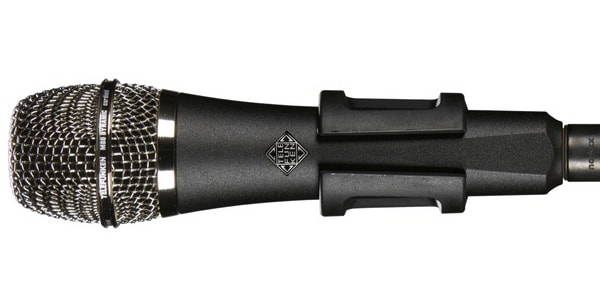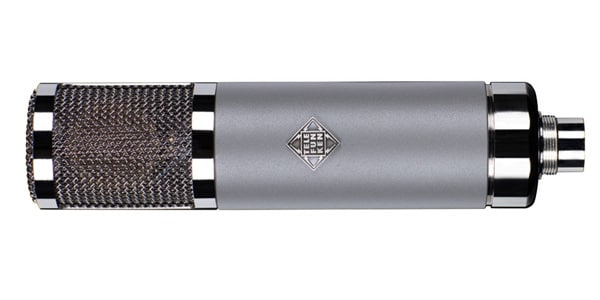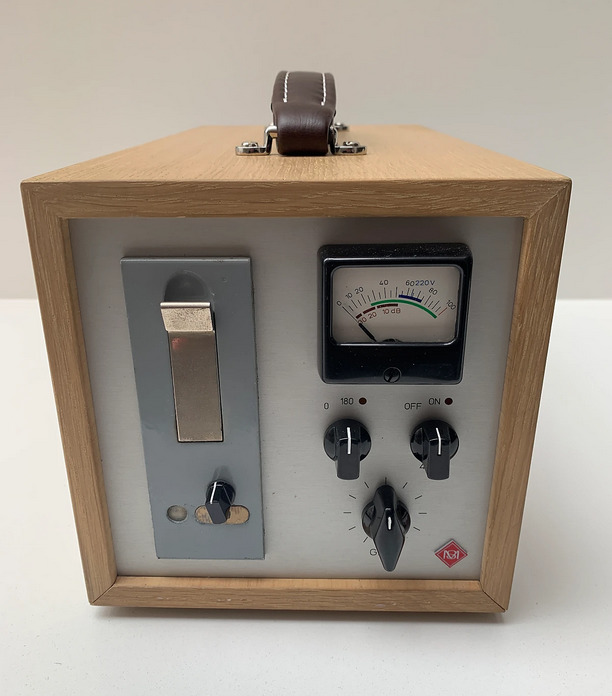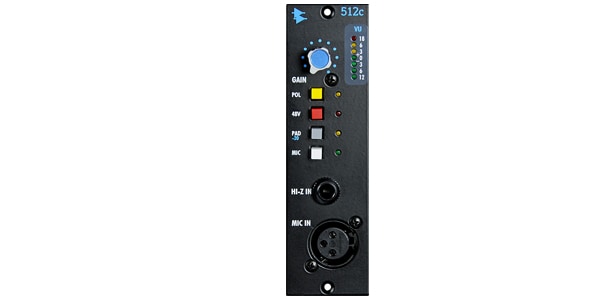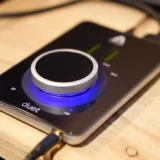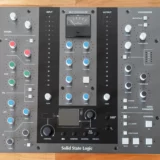This is a review of the Telefunken V672(´◔౪◔)◞
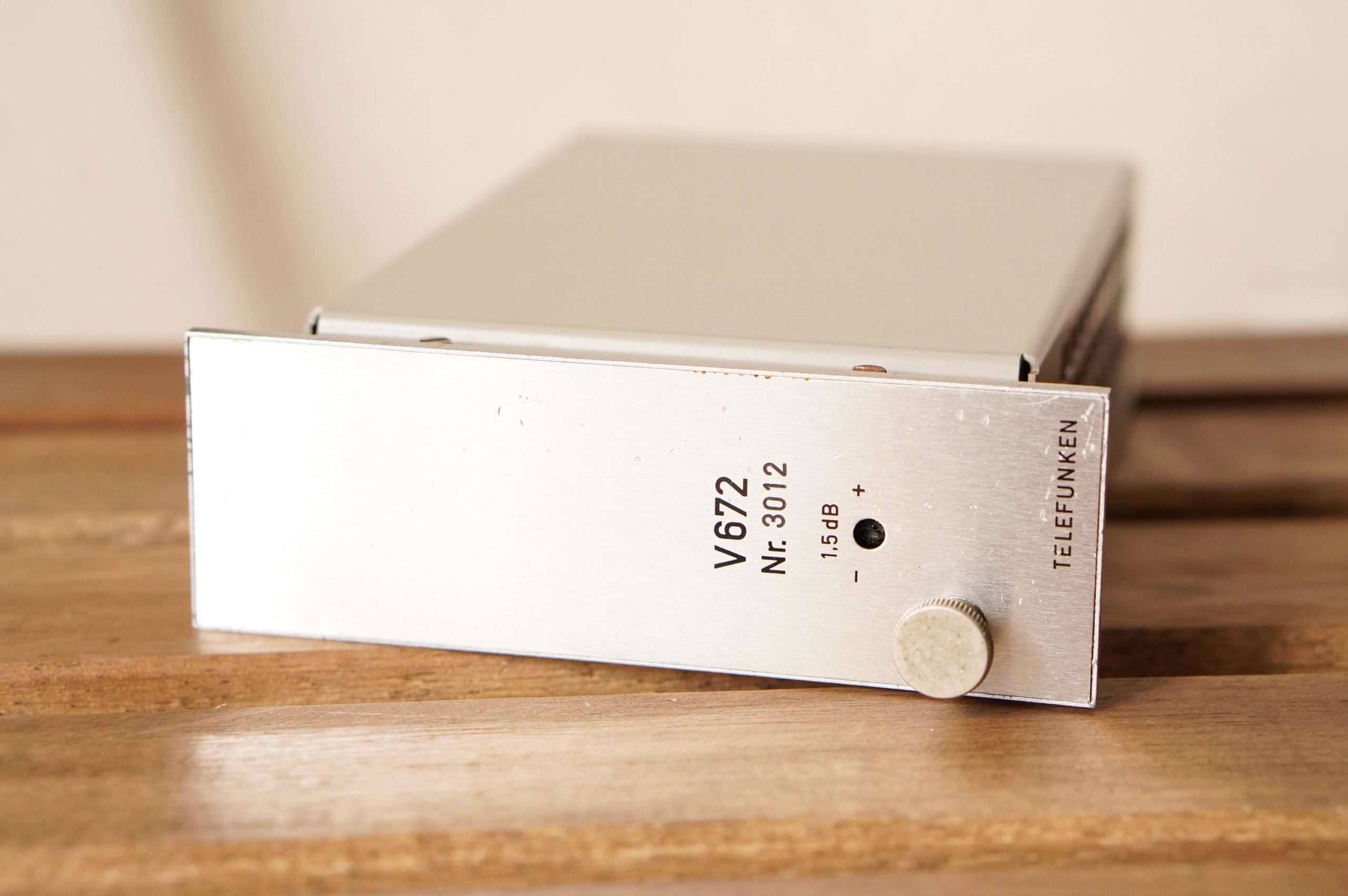
This is a vintage module made in 1960s.
This is a vintage module from 1960’s. It’s not known to many people, but it’s called “Neve killer” by some people.
It’s not a current product, so you can only get it at auction.
I’ve been using it for a long time.
What kind of equipment is it?
What is TELEFUNKEN?
When you think of TELEFUNKEN,It’s probably the vacuum tube that comes to mind the most.
It is a manufacturer from Germany, the land of acoustics.
Vintage pair Telefunken diamond-base Tubes tested ECC83 12AX7
I think this tube is famous among audio lovers.
It is said that if there is no diamond on the bottom and the print does not rub off, it is a fake.
And Telefunken still sells recording equipment.
TELEFUNKEN ( テレフンケン ) / M80 サウンドハウス
This microphone seems to be selling quite well.
I used to use one myself, and it sounded so good, so high resolution!
also,
TELEFUNKEN ( テレフンケン ) / TF51 サウンドハウス
They also sell vacuum tube microphones for professional use.
Today, they are not as prominent as Neumann, but they have a very long history.
Together with Neumann, they have been a leading force in the German/European audio industry.
Telefunken Maihak V72 Tube pre-amp in custom rack
For example, here is the Telefunken V72.
It is also famous for being used in the Beatles’ recordings.
Strictly speaking, there are many model numbers of the V72, and there are different opinions on which V72 is the Beatles amp.
In other words, it’s proof that there are many enthusiasts.
Telefunken has produced many historic machines, but the golden age of Telefunken was from the 1950s to the early 1970s.
The modules made at that time are still very popular today.
That was more than half a century ago…
Personally, I like this manufacturer very much.
Transistor Amplifier Called a Neve Killer
The V672 is made by Telefunken.
It’s called the “NEVE- killer“.

It looks very cute, just a box. There are no knobs or anything (`・ω・´)
Like the vintage Neve, it is part of the components (amplifier) that was originally installed in the console.
To make it work, you need to wire and racking it.
Incidentally, the V672 was compared to the Neve1272 and called the Neve killer.
This is because they are both universal amplifiers.
Depending on how they are wired and how resistors are attached, they can be mic pre’s or line amps.
Neve 1272 Amplifiers photo autographed by Vincent Gallo inscribed “Trump 2020”
Neve1272 is also a module without knobs like this.
However, the contents are the same as the amplifier part of the 1073, so it can be converted into a mic pre by rewiring.
It is said that Brent Averill was the first to develop this technique.
V672 VS Neve1272.
The V672 seems to have won this duel(`・ω・´)
Incidentally, the V672 is the successor to the Beatles amp V72, as mentioned above, and features a change in amplifying elements from vacuum tubes to transistors.
It can be seen as a historical work that was carved in the midst of a major change in time!
Great vintage amp!
Now let’s take a look at what’s inside.
How is it different from the current equipment?
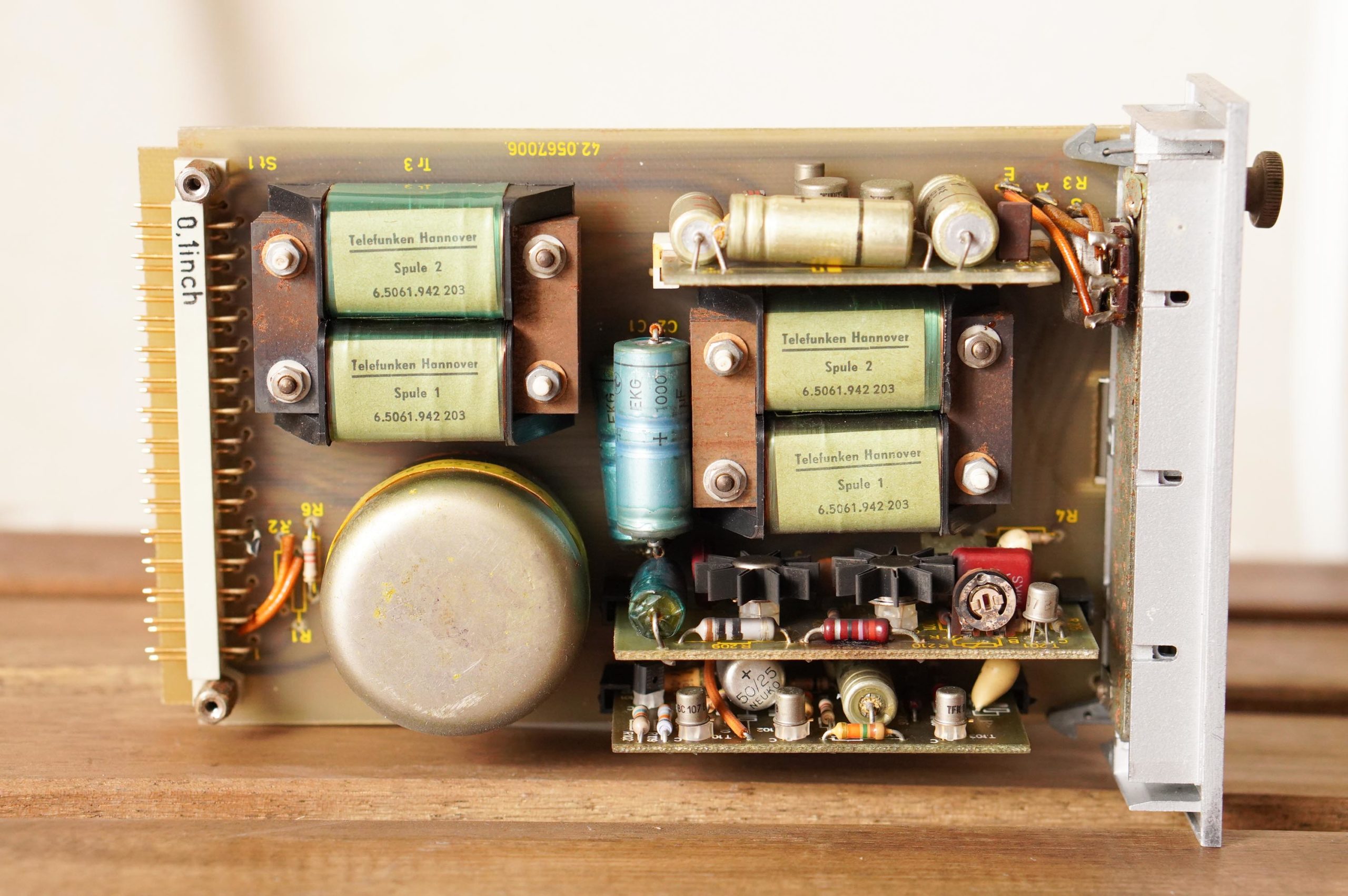
Yes, it’s already amazing.
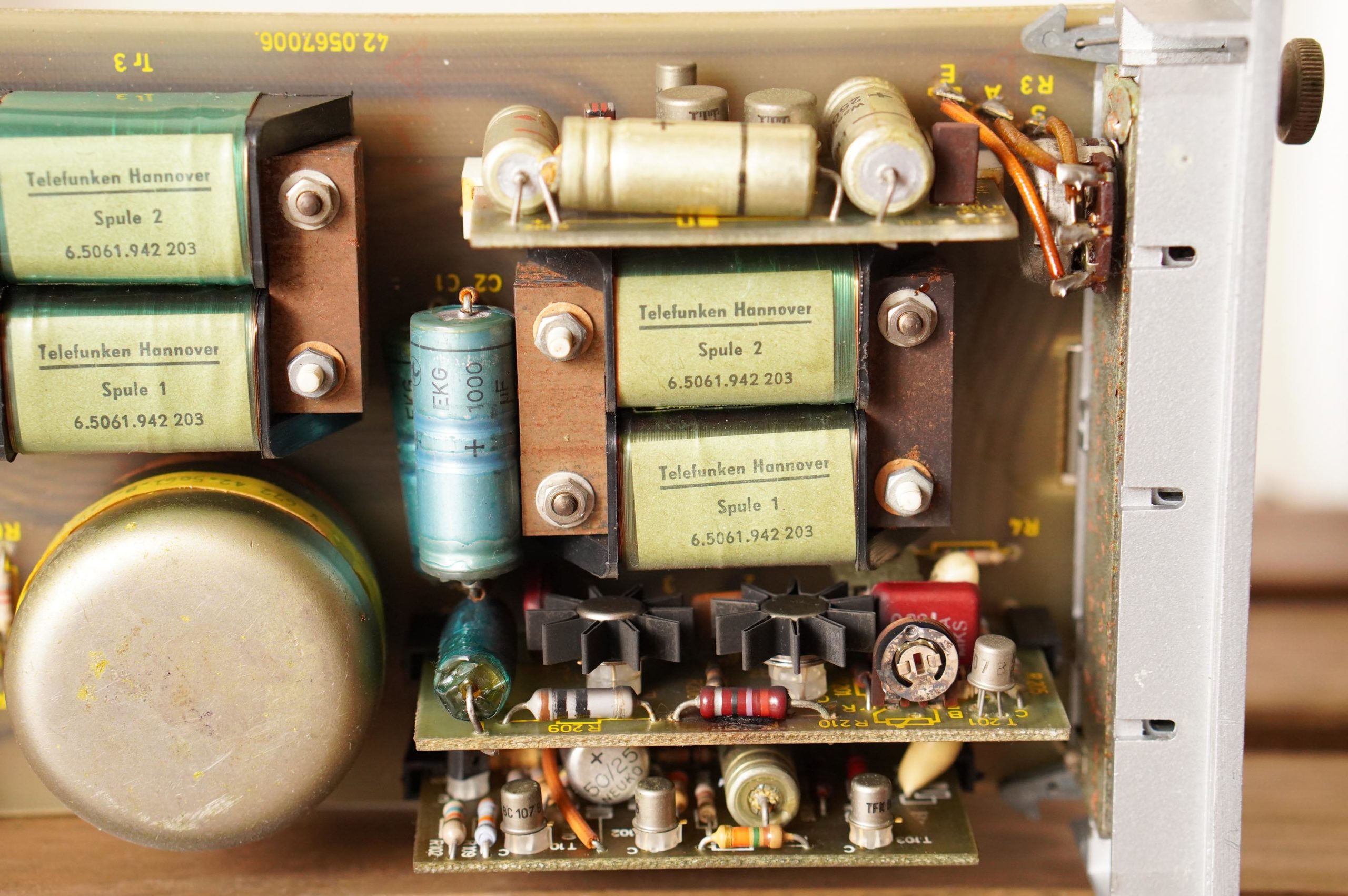
This transformer is so old!
I can feel the deep history!
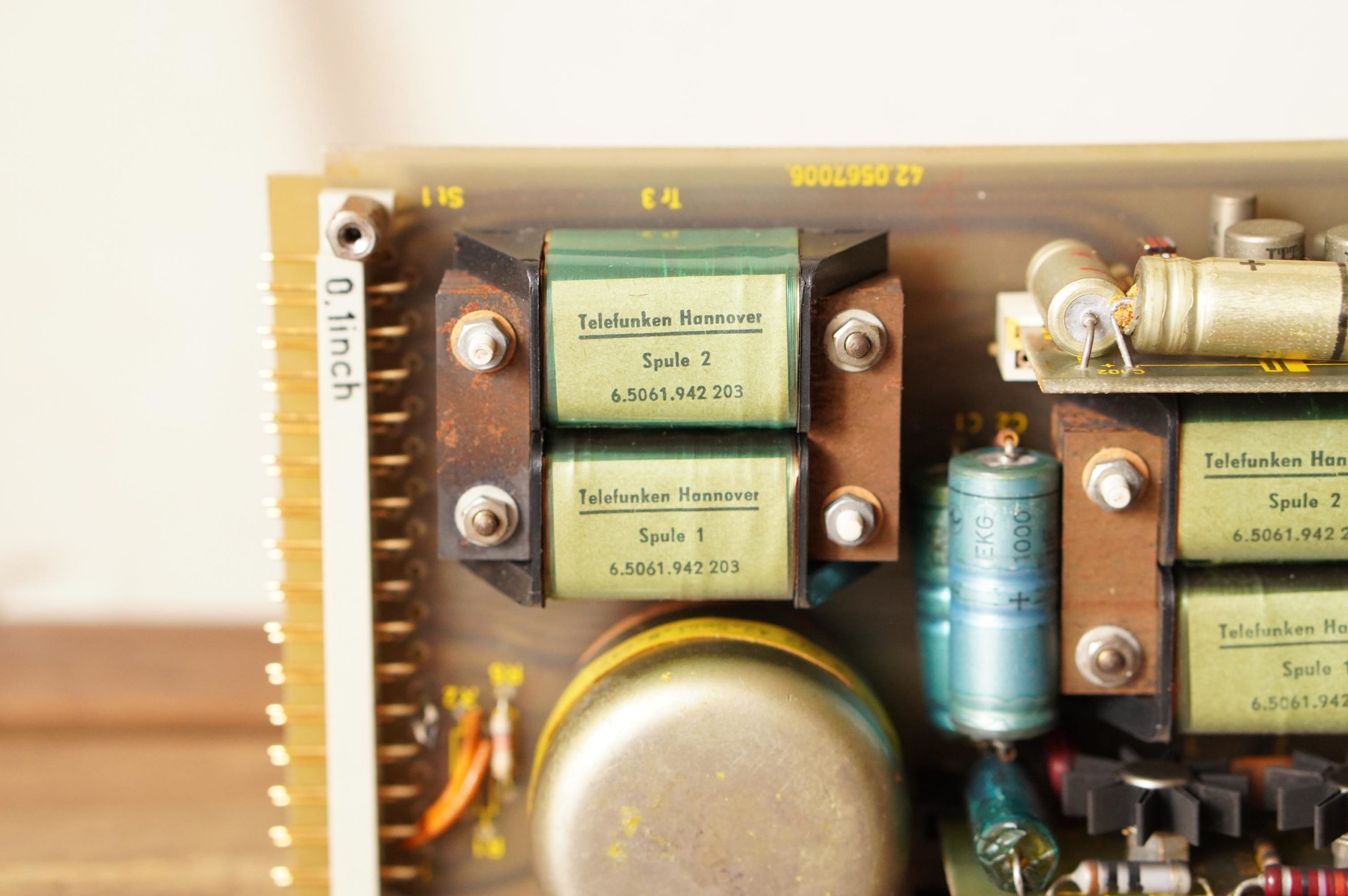
The green transformer was only included in the first lot. It is quite valuable.
The V672 has two output transformers. It is also possible to output in parallel.
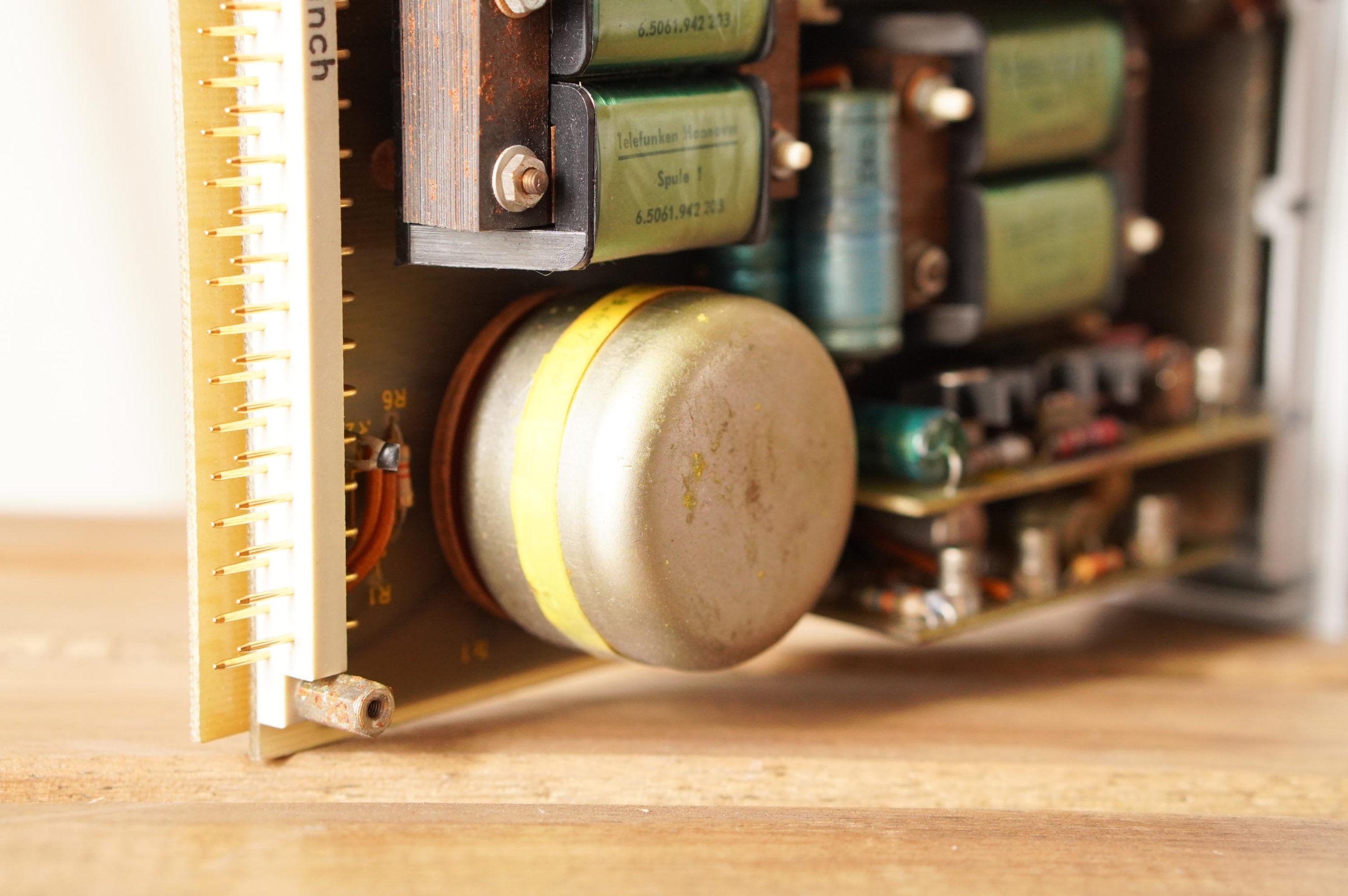
Input transformer. This one is also old and tasteful…
Incidentally, there are several versions of the V672 at different times.
I heard that the transformer has been changed and the sound is slightly different.
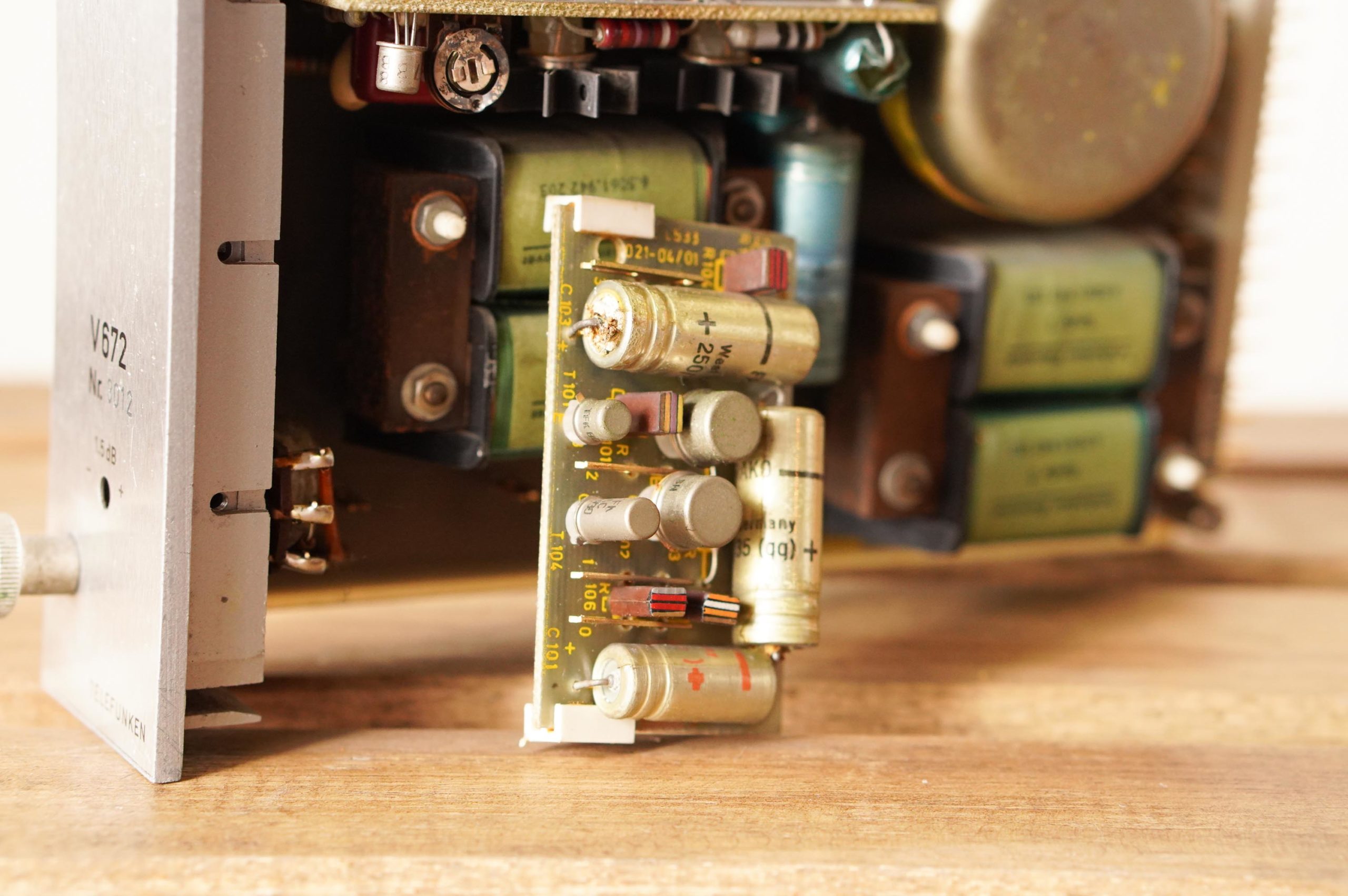
The amplifier card can be removed.
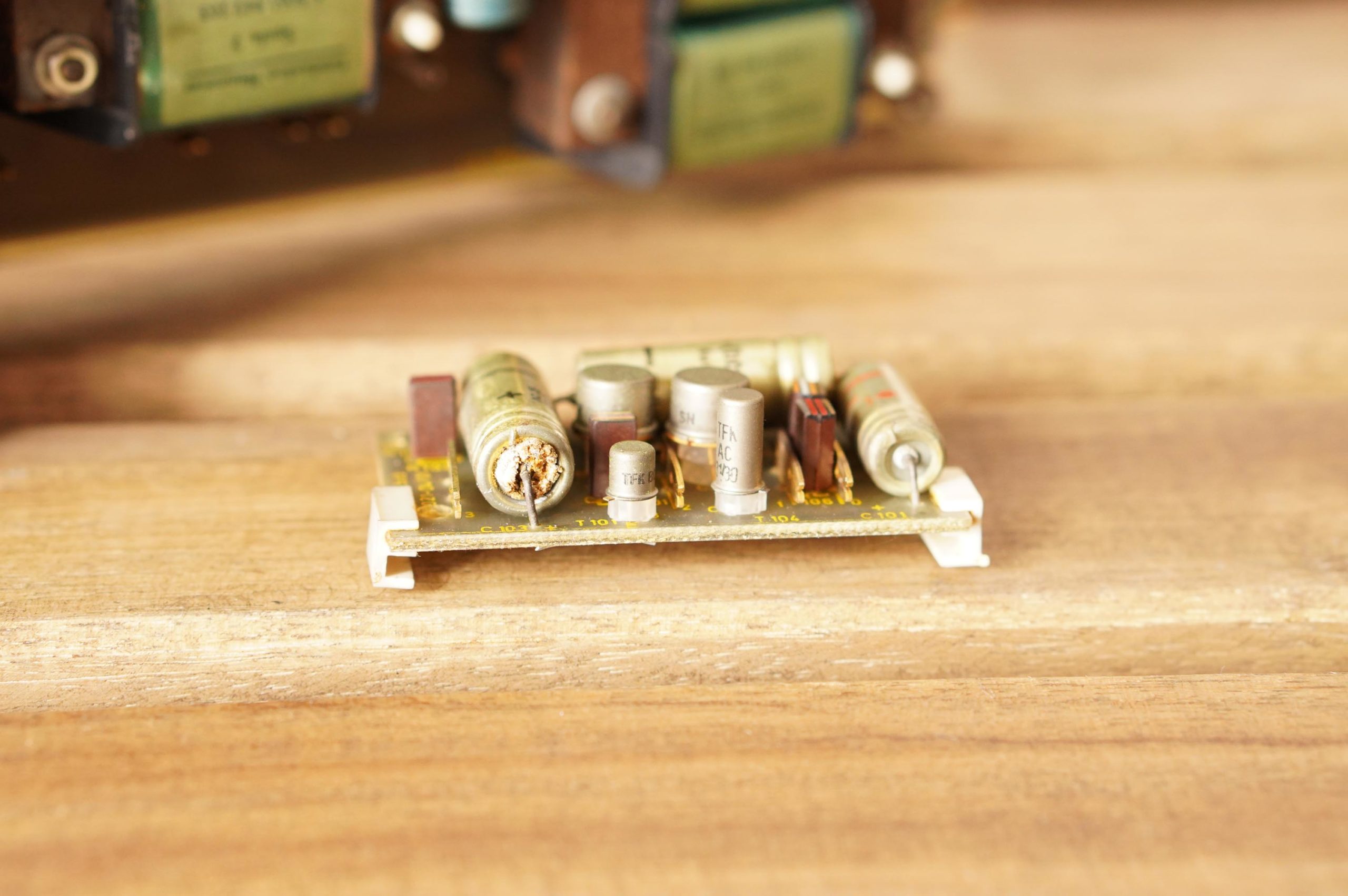
I looked inside for the first time in a while and found that the condenser had blown powder.
It’s still working fine, but I think I need to repair it..

Beautiful colors.
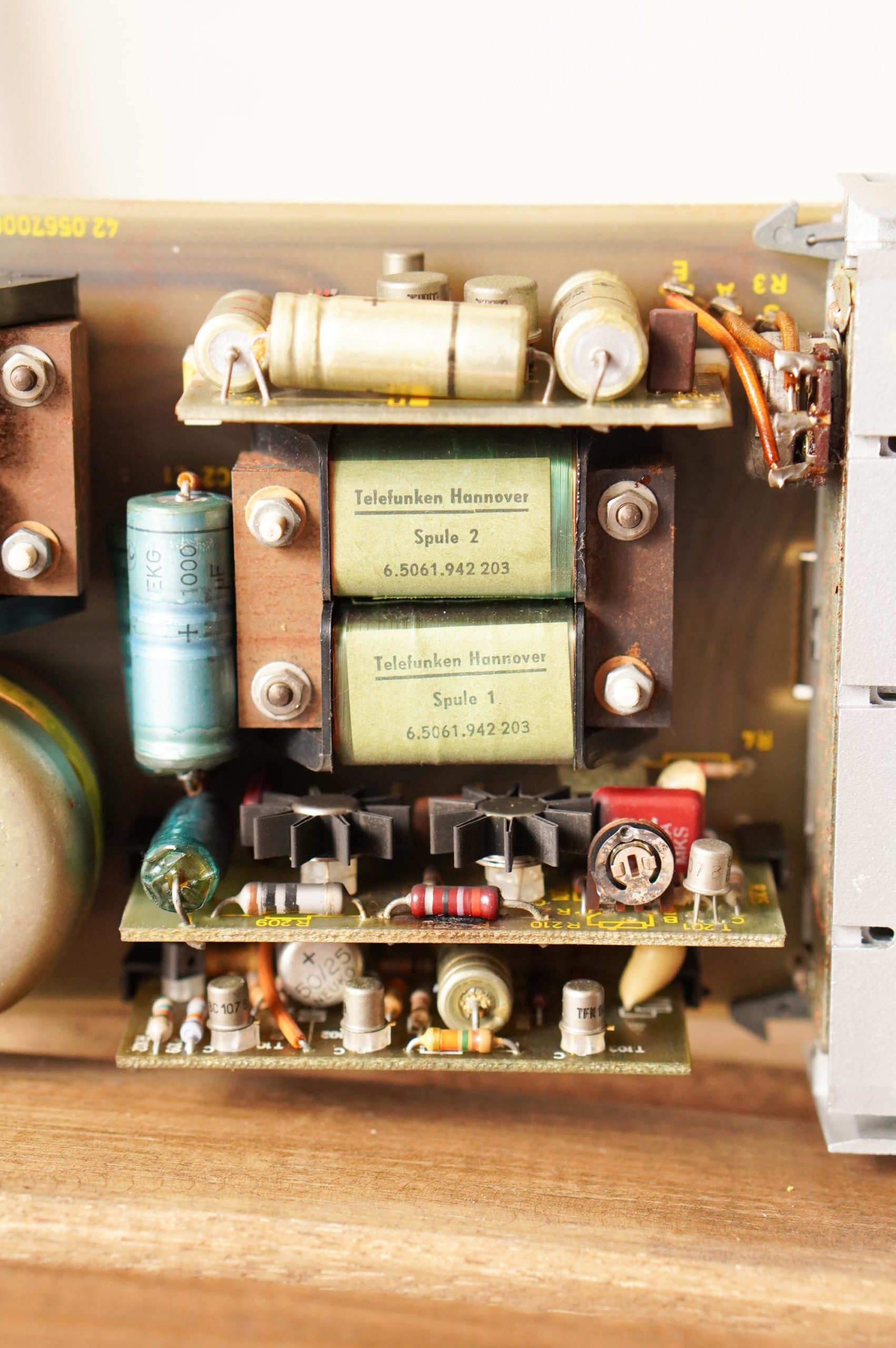
There were three amp cards in the box.
All the capacitors were in a delicate state,…
I’m not going to touch them yet, just for the atmosphere.
Parts from those days are very valuable.
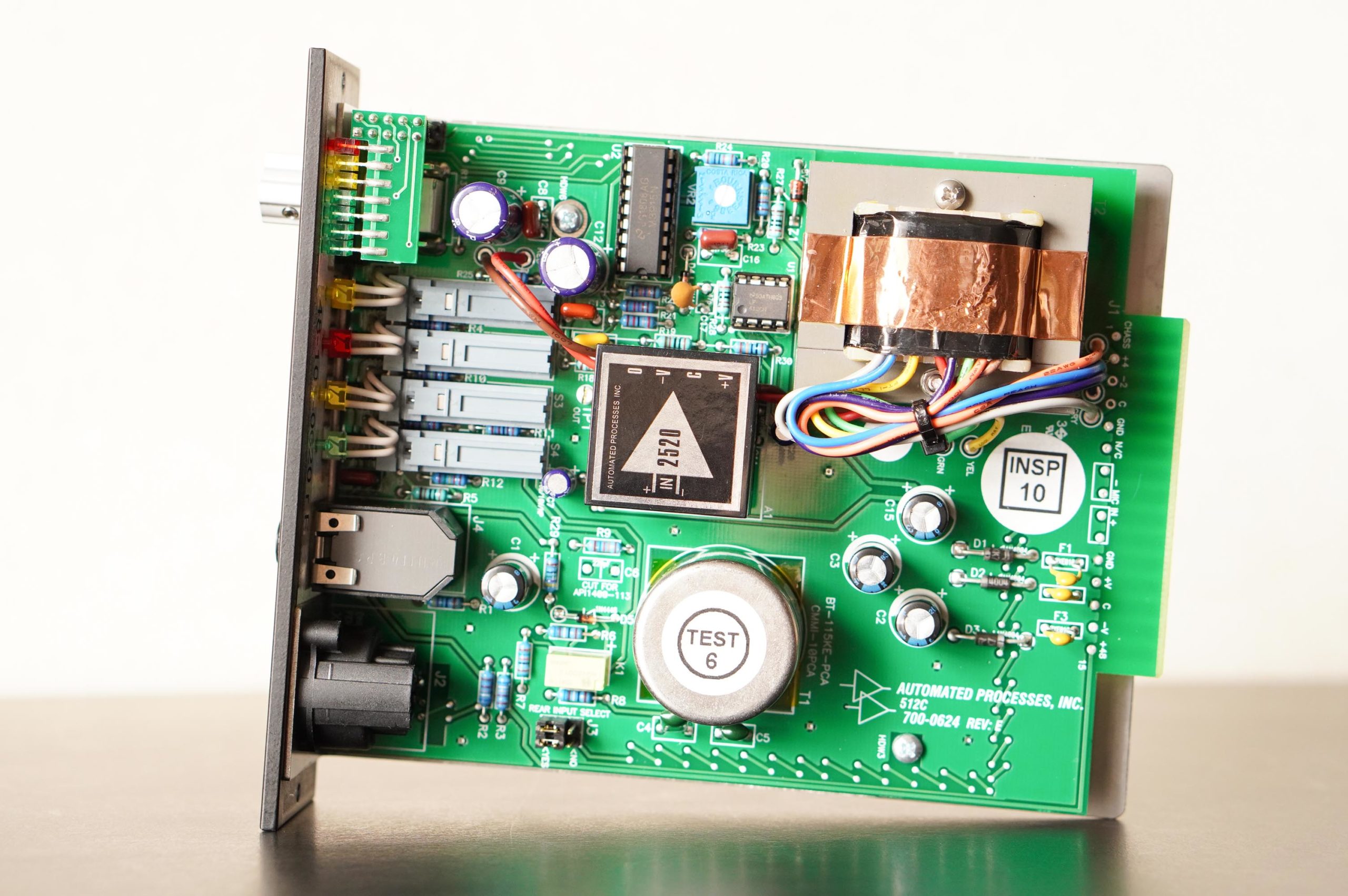
This is the current version of API.
It’s not good or bad, but the basic construction is different.
API also gets excited just by looking at the 2520.
Try line recording.
As a test, I recorded with the line input.
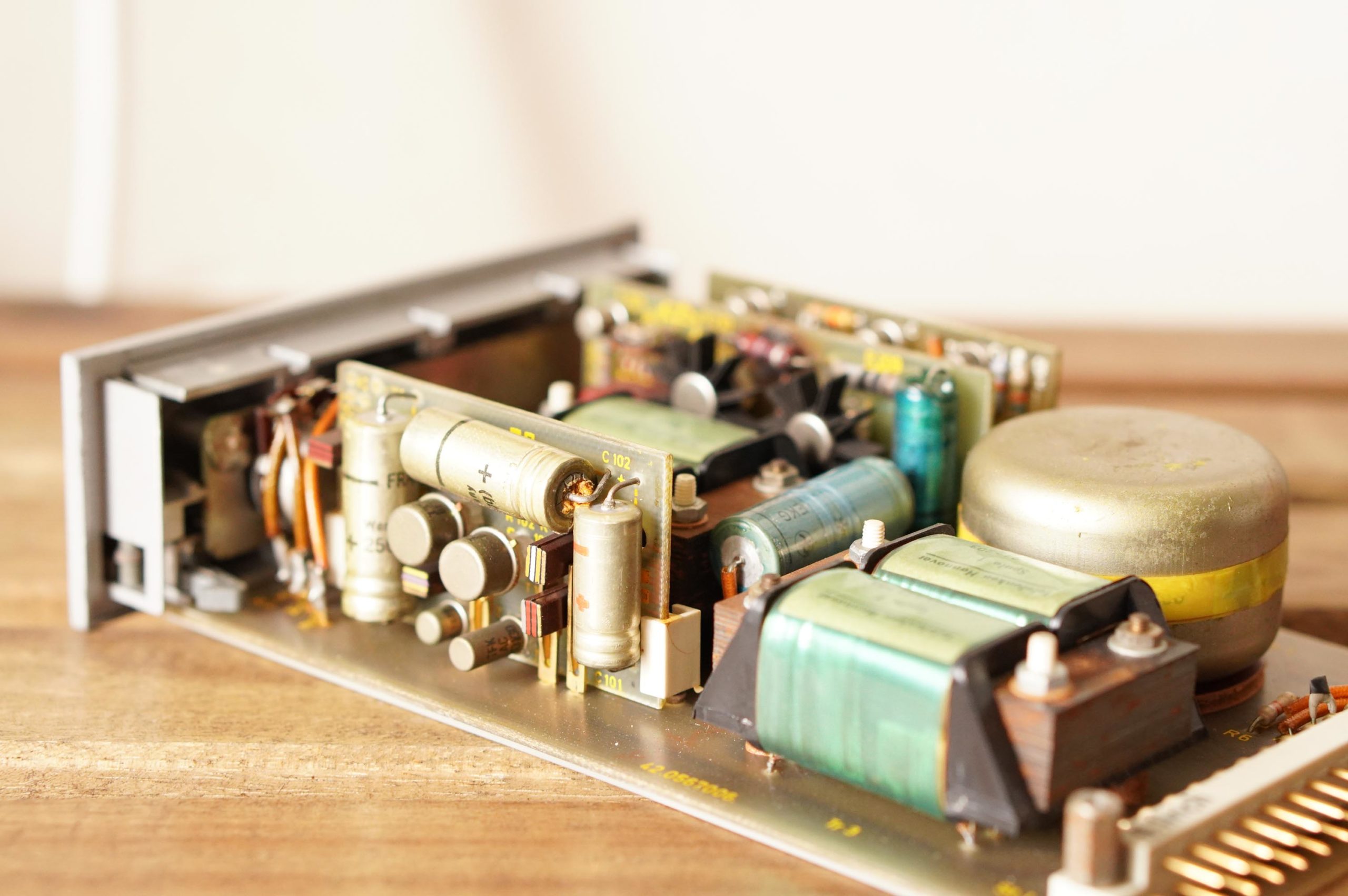
What kind of sound can you get out of such an old module?
I’ve been using it a lot for microphone recording, but it’s been a while since I’ve run it through a line input.
The original source is a combination of loops from LOGIC X!
Each looped sound source was put back in line in mono, and the material was panned.
No plug-ins were added.
Original source
TFK V672 line
impressions
It still adds punch!
The TELEFUNKEN sound.
It has a unique punchiness that is different from API and NEVE!
I can’t get enough of this. It’s a sound I still want to use.
And surprisingly, it’s not muffled.
It’s vintage equipment, but it’s not faded…
Even though it’s so old, it still produces this kind of sound.
And in addition, I bounced each part as a solo.
Guitar Original
Guitar TFK
Rhythm Original
Rhythm TFK
Bass Original
Bass TFK
Piano Original
Piano TFK
Impressions 2
The guitars and rhythm change in a particularly obvious way!
The high-mids are flying right in front of me.
The signal-to-noise ratio of V672 is a bit poor, probably due to the way I recorded it…
If I had done a better job of level matching, it would have been even better.
In fact, I’ve never had a problem with the signal-to-noise ratio when recording with a microphone!
This is another thing that is great about German vintage equipment in general.
Basically, the S/N is very good.
Where can we get one?
As I have mentioned, the V672 can only be obtained if the timing is right.
It is not a current model, so you will have to look for it in the used market.
It used to be on the market a lot at one time, but unfortunately, I haven’t had the chance to see it much lately…
I still recommend checking eBay and Reverb.com.
If you are lucky, you can get a single module for as little as $250 to $300, but a ready-to-use racked one can cost upwards of $1,000.
Even so, I think it has a sound that is worth more than its price.(´◔౪◔)◞
Don’t forget the downsides of vintage equipment!
However, vintage equipment may have a shorter lifespan than new equipment.
Some products die quickly even if they are new…
Basically, you have to assume that you will need maintenance.
If you can’t see the appeal beyond that, it’s probably best not to get one.
The current model is much safer( ・ὢ・ )
But I like both vintage and current, so I’m prepared to use it now!
summary
The above article is a bit maniacal.
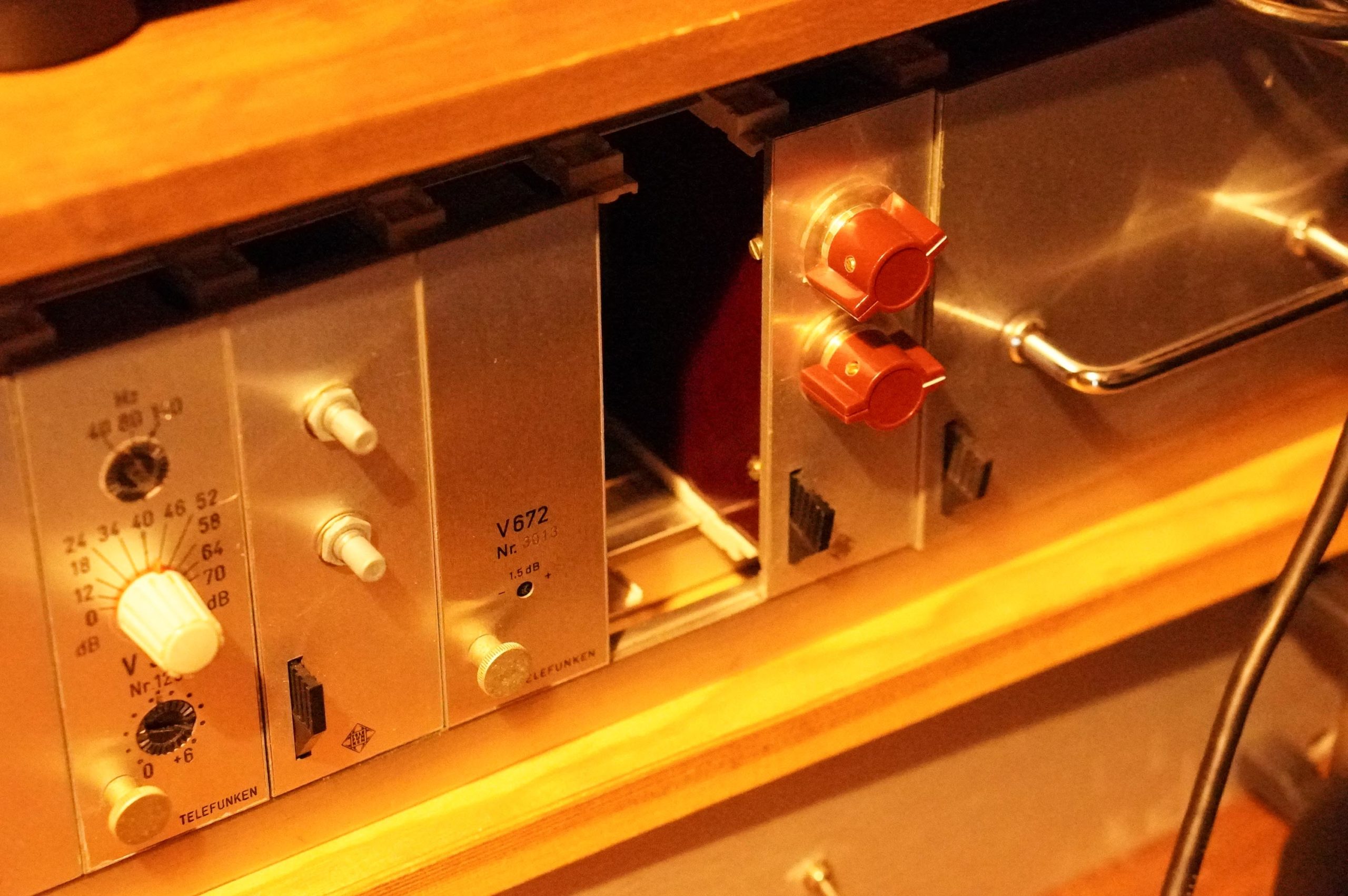
I have it wired to my old Telefunken rack.

Old German equipment is very attractive, yet relatively reasonably priced.
There’s less and less of it on the market every year, but if you ever get a chance, give it a shot!
Thank you for reading to the end(´◔౪◔)◞!!

